Scale Activity Part 1
The following activity was presented in the "Tiny Matter" Ask A Biologist Podcast. These are the steps we took to see how big a one inch line would become if it were to be magnified one hundred thousand times and then a billion times. After you follow the activity, try out your math skills with an activity we have outlined at the end.
|
It is difficult to think about tiny things we cannot see. Let's take something we can see and magnify it several times to see the results. Grab a pencil, a piece of paper, and a ruler. Next draw a line one inch long. |
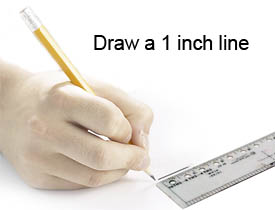 |
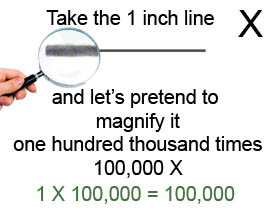 |
Using our imagination and some mathematics we are going to magnify the line 100,000 times.
|
|
How long is 100,000 inches? First let's see how many feet 100,000 inches is by dividing 100,000 by 12 (the number of inches in a foot). The result of our calculation shows that the line is 8,333 feet long. |
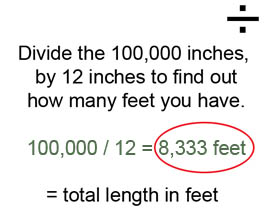 |
 |
To help understand just how long 8,333 feet is we can divide the total number of feet by the number of feet in a mile (5280). Now we can see the one inch line we just drew is now over 1 1/2 miles long! |
|
So far the length of the magnified line has been calculated. How about the width of the line? Depending on the size of the tip of your pencil, the width will vary. The line we drew was 1/36 of an inch wide. If we divide the length of the magnified line by 36 we will know the width of the line. |
 |
| Really, how big is this line? |
All these calculations give us an idea of how large the line can get when we magnifying it 100,000 times, but it still does not give an idea of how really large the line is. So we measured the length and width of a bright yellow Volkswagen Beetle to see how many we could place on the magnified line. |
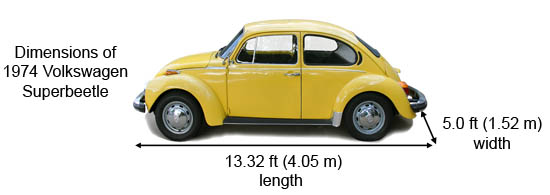 |
|
|
If we could line up all the bright yellow Volkswagen Beetle cars on the line end-to-end, we would need 625 of the cars to equal the length of the line. If we could place all the bright yellow Volkswagen Beetle cars side-by-side across the width of the line, we would need 46 of the cars. |
How many cars could we line up end-to-end and across the magnified line? |
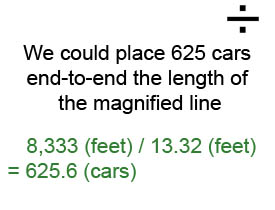 |
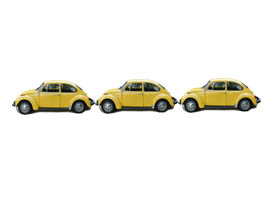 |
 |
 |
 |
|
|
What would happen |
|
Nanogear image from Wikimedia - Jie Han, Al Globus, Richard Jaffe and Glenn Deardorff.
Read more about: Nanoparticles - A Matter of Scale
Bibliographic details:
- Article: Scale Activity Part 1
- Author(s): Dr. Biology
- Publisher: Arizona State University School of Life Sciences Ask A Biologist
- Site name: ASU - Ask A Biologist
- Date published: 2 Nov, 2009
- Date accessed:
- Link: https://askabiologist.asu.edu/scale-activity
APA Style
Dr. Biology. (Mon, 11/02/2009 - 18:38). Scale Activity Part 1. ASU - Ask A Biologist. Retrieved from https://askabiologist.asu.edu/scale-activity
Chicago Manual of Style
Dr. Biology. "Scale Activity Part 1". ASU - Ask A Biologist. 02 Nov 2009. https://askabiologist.asu.edu/scale-activity
Dr. Biology. "Scale Activity Part 1". ASU - Ask A Biologist. 02 Nov 2009. ASU - Ask A Biologist, Web. https://askabiologist.asu.edu/scale-activity
MLA 2017 Style
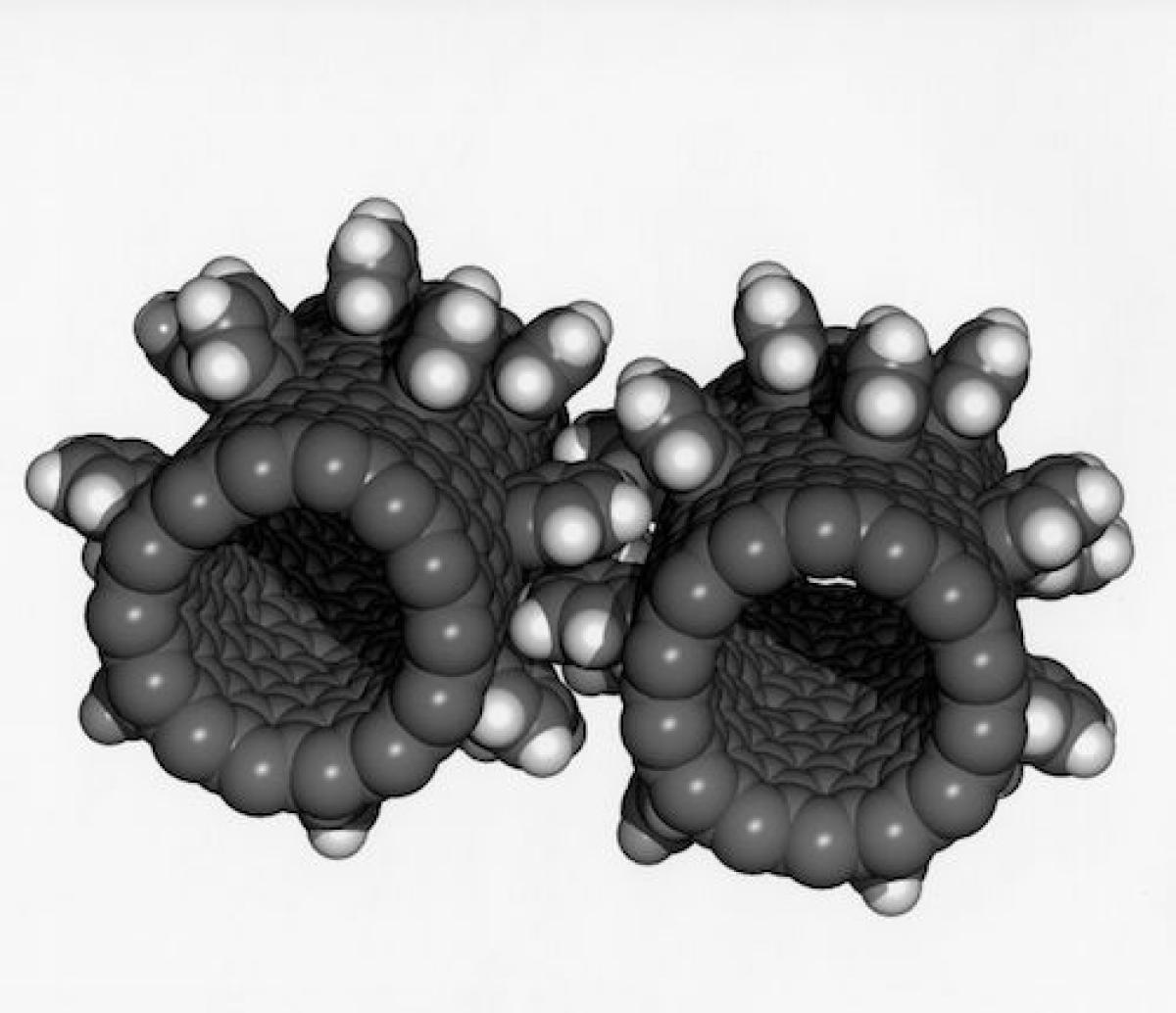
Be Part of
Ask A Biologist
By volunteering, or simply sending us feedback on the site. Scientists, teachers, writers, illustrators, and translators are all important to the program. If you are interested in helping with the website we have a Volunteers page to get the process started.

